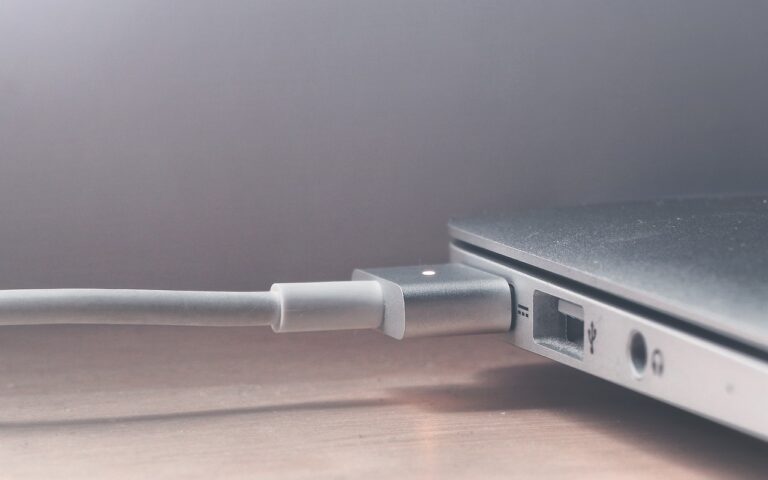How To Boot Into Recovery Mode: A Step-by-Step Guide

Recovery mode is a vital feature in any operating system, including Windows, that allows users to troubleshoot and fix various issues that may arise during system operation. Whether you’re experiencing startup problems, software glitches, or need to perform system maintenance, knowing how to boot into recovery mode can be invaluable. In this comprehensive guide, we’ll walk you through the process of accessing recovery mode on your Windows system, step by step.
Understanding Recovery Mode: What Is It and Why Do You Need It?
Before diving into the steps to boot into recovery mode, let’s first understand what recovery mode is and why it’s essential. Recovery mode is a special bootable environment built into the Windows operating system that provides users with tools and utilities to diagnose and repair problems that prevent normal system operation. It allows users to troubleshoot issues such as startup failures, corrupted system files, driver conflicts, and more, without requiring a full reinstall of the operating system.
Common Causes for Needing Recovery Mode:
- Startup Failures: If your Windows system fails to boot properly, whether due to corrupted boot files or incompatible hardware, recovery mode can help diagnose and fix the issue.
- System File Corruption: Over time, system files may become corrupted due to various factors, including software bugs, malware infections, or unexpected system crashes. Recovery mode provides tools to repair or replace these corrupted files.
- Driver Conflicts: Incompatible or outdated device drivers can cause system instability and crashes. Recovery mode allows users to uninstall problematic drivers or roll back to previous versions to resolve compatibility issues.
Step-by-Step Guide to Booting Into Recovery Mode:
- Accessing Recovery Options from the Start Menu:
- Press the Windows key on your keyboard or click on the Start button to open the Start Menu.
- Click on the Power icon located in the lower-right corner of the Start Menu.
- Press and hold the Shift key on your keyboard, then click on Restart.
- Accessing Recovery Options from the Sign-In Screen:
- On the Windows sign-in screen, click on the Power icon located in the lower-right corner.
- Press and hold the Shift key on your keyboard, then click on Restart.
- Using Advanced Startup Options:
- Press the Windows key + I on your keyboard to open the Settings app.
- Click on Update & Security, then select Recovery from the left-hand menu.
- Under Advanced startup, click on Restart now.
- Accessing Recovery Mode from a Bootable USB/DVD:
- Insert your bootable USB drive or DVD into your computer.
- Restart your computer and enter the BIOS/UEFI settings by pressing the appropriate key (e.g., F2, Del) during startup.
- In the BIOS/UEFI settings, change the boot order to prioritize the USB drive or DVD.
- Save the changes and exit the BIOS/UEFI settings.
- Follow the on-screen instructions to boot from the USB drive or DVD and access recovery options.
Frequently Asked Questions (FAQs):
Q: Can I use recovery mode to reset my Windows password?
A: Yes, recovery mode provides options to reset or recover your Windows password if you’ve forgotten it. You can access these options by booting into recovery mode and selecting the appropriate recovery option.
Q: Will booting into recovery mode delete my files?
A: Booting into recovery mode itself will not delete your files. However, some recovery operations, such as reinstalling Windows or restoring from a system image, may result in data loss if not performed carefully. Always back up your important files before proceeding with any recovery operation.
Q: Is recovery mode the same as safe mode?
A: While both recovery mode and safe mode are designed to help troubleshoot and fix system issues, they serve different purposes. Safe mode is primarily used to troubleshoot software and driver-related problems by starting Windows with minimal drivers and services, while recovery mode provides a broader range of tools and utilities for diagnosing and repairing system issues.
Technical Terms Related to Recovery Mode:
- BIOS (Basic Input/Output System): The BIOS is a firmware interface that initializes hardware components during the boot process and provides the basic functionality needed to start the operating system.
- UEFI (Unified Extensible Firmware Interface): UEFI is a modern replacement for BIOS that provides enhanced features, including support for larger storage devices, faster boot times, and improved security features.
- Bootable Media: Bootable media, such as a USB drive or DVD, contains an operating system or diagnostic tools that can be used to boot a computer into a different environment for troubleshooting or maintenance purposes.
Tips for Successful Recovery Mode Usage:
- Backup Your Data: Before performing any recovery operations, it’s crucial to back up your important files to prevent data loss.
- Read Instructions Carefully: When using recovery mode, carefully read and follow the on-screen instructions to avoid unintended consequences.
- Use System Restore Points: If available, consider using System Restore to revert your system to a previous state before the issue occurred.
Conclusion:
In conclusion, knowing how to boot into recovery mode is an essential skill for any Windows user. Whether you’re troubleshooting startup issues, repairing corrupted system files, or performing system maintenance tasks, recovery mode provides the tools and utilities you need to get your system back up and running smoothly. By following the step-by-step guide outlined in this article and familiarizing yourself with recovery mode options, you’ll be better equipped to handle any unexpected issues that may arise with your Windows PC.
